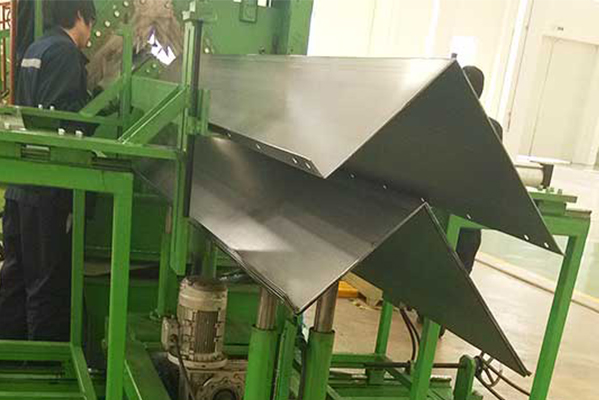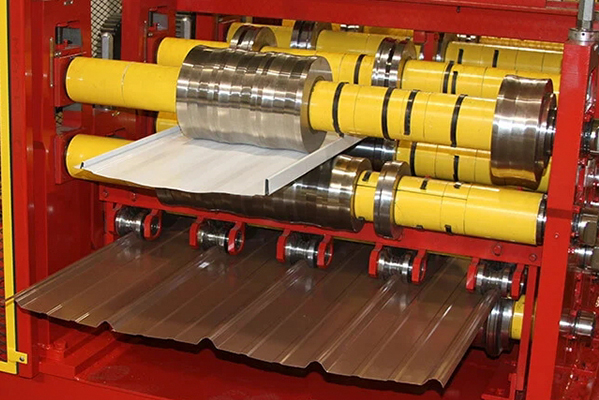Navigation Menu
Contact Us
- Email:
- info@wxavatar.com
- Address:
- Yurong Village, Yuqi Street, Huishan District, Wuxi, China.
Release Date:May 08, 2025 Visit:63 Source:Roll Forming Machine Factory
When working with metal, manufacturers have several options for shaping materials into desired forms. Two common approaches are roll forming machines and traditional metal shaping methods like press braking or stamping. Let's look at how these methods compare in practical terms.
The Basics of Each Approach
Roll forming machines work by gradually bending long strips of metal through a series of rollers. As the metal passes through each set of rollers, it takes on more of its final shape. This continuous process is good for making long pieces with consistent cross-sections, like gutters, metal framing, or shelving components.

Traditional methods like press braking use a different approach. A press brake forces metal between a punch and die to create bends at specific locations. Stamping uses similar tooling to punch out shapes from sheet metal. These methods work well for creating distinct parts rather than continuous lengths.
Key Differences in Operation
One noticeable difference is how these methods handle production. Roll forming shines when you need long runs of the same profile - once set up, it can produce consistent shapes for extended periods with little adjustment. Traditional methods often require more handling between operations, making them better suited for shorter runs or parts that need varied operations.
Setup time also differs. Roll forming machines typically take longer to set up initially because each roller station must be carefully aligned. However, once running, they maintain this setup efficiently. Press brakes and stamping presses can be set up more quickly for individual jobs but may require more frequent adjustments when changing between different parts.
Material Considerations
Both approaches work with common metals like steel and aluminum, but they interact with materials differently. Roll forming applies gradual pressure that tends to work well with more formable metals. The incremental bending reduces stress on the material compared to the more abrupt bending in press braking. This can sometimes allow for working with thinner materials in roll forming.
Traditional methods offer more flexibility in working with pre-cut blanks of varying thicknesses within the same machine's capacity. The ability to handle different material thicknesses without changing the entire production line can be advantageous for shops doing varied work.
Precision and Complexity
For simple, straight bends, both methods can achieve good results. Roll forming excels at creating complex cross-sections with multiple bends in a single pass. However, traditional methods currently offer more flexibility for creating parts with varied features along their length or parts that require deep draws or complex geometries beyond linear profiles.
Cost Factors
The cost equation depends heavily on production volume. Roll forming machines represent a significant initial investment but become very cost-effective for high-volume production of consistent profiles. Traditional equipment typically costs less to purchase and can be more economical for lower volumes or highly variable work.
Maintenance needs also differ. Roll forming systems have many moving parts that require regular attention but often operate at lower stresses than press equipment. Traditional presses deliver high forces in short bursts, which affects maintenance schedules differently.
Choosing the Right Method
The choice between these methods comes down to what you're making and how much of it you need. Roll forming works best when you need miles of the same shape, while traditional methods adapt better to frequent changes in part design. Many manufacturers find value in having both capabilities available to handle different projects as needed.

Modern shops often combine these approaches, using roll forming for standard components while reserving traditional methods for custom pieces or low-volume work. This hybrid approach allows businesses to remain flexible while taking advantage of each method's strengths.